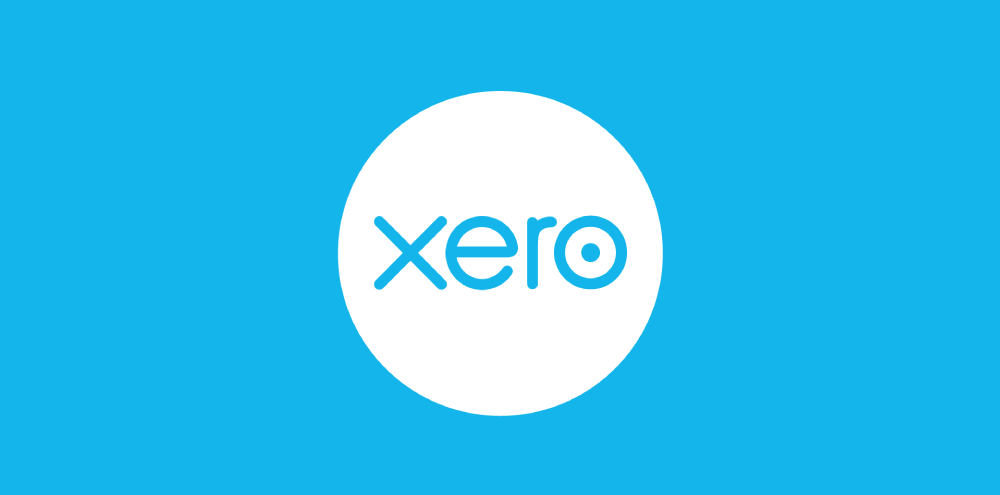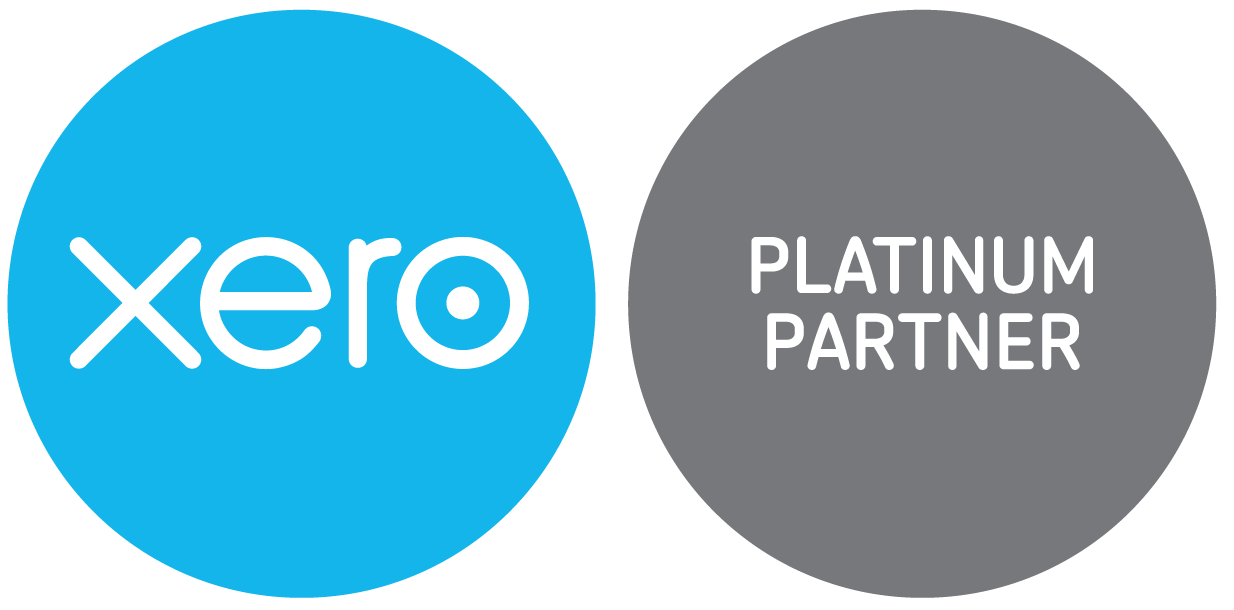The General Ledger - July 2022
July 18, 2022

View our July 2022 General Ledger:
- Keeping Your Cashflow Strong in Tough Times
- Reminder: Small Business Cashflow Scheme
- Welcome to the team: Shruti
- Question of the Month: Claiming Costs for Electric Cars
- Xero Tip of the Month - The App Launcher
- IRD Upcoming Tax Payment Dates
https://public2.bomamarketing.com/email/MjWW

Six Weeks ‘Til Christmas - Time to Get Your Ducks (and Dollars) in a Row! Yes, you read that right, Christmas is only 6 weeks away! For many small businesses, the countdown is officially on. Between juggling staff leave, final invoices, and festive plans, this time of year can sneak up faster than Santa on Christmas Eve. Now’s the perfect time to: -Plan your cash flow - Will your business experience a quiet period or a sales surge? Make sure you’ve got enough funds to cover the downtime. -Check your payroll & leave balances - Avoid last-minute headaches by locking in pay runs and holiday rosters early. -Review your budgets & goals - With the new year just around the corner; set yourself up for success by reviewing your financial targets. The earlier you prepare, the smoother your Christmas break (and January restart!) will be. Need a hand making sense of the numbers or planning ahead? The AAF team is ready to help you finish the year strong and step into 2026 with confidence. Call us today on 04 970 1182 to book your pre-Christmas financial check-in.

Are you undercharging for your services? It’s a tricky question, especially if you’re in a niche industry or running your own contracting business. With costs rising across the board, it’s worth checking in on whether your fees are keeping pace. Here are five signs you might be undercharging Nobody ever questions your quotes - Do all your new clients accept your quotes or charges without asking any questions, requesting a breakdown or wanting a discount? It’s possible they’re delighted to be getting such a great deal. You run off your feet but you can’t afford to get help - When you’re working yourself to the bone, but there’s not enough money left over to employ someone to help you, your prices are too low or something else in your business needs to change. Your prices have been the same for two years or more - In most industries, prices increase just slightly each year. Leave your prices flat for too long and you’re not keeping up with the market; make sure you review your fees annually. You’re overbooked - When business is booming and there’s no room for new clients, it’s time to raise your prices. Clients don’t treat you as well as they should - When clients think they’re paying peanuts, they’ll often take you for granted. They don’t see your time as valuable, so they feel free to mess you around. So what should you be charging? Finding your pricing sweet spot takes time and a bit of research. Start by looking at your competitors and talking to others in your industry. At All Accounted For we see pricing struggles come up often. If you’d like some perspective, we can share what we’ve seen across similar industries and help you rethink your approach. A small adjustment to your fees could make a big difference to your cashflow, capacity, and client relationships.

To grow your business, you need access to additional capital. And one of the traditional routes to business finance has often been the big banks. But with the prudential regulation system making it mandatory for New Zealand banks to keep large cash reserves in place, the banks are tightening their belts and lending less. That’s good for the stability of the bank’s financial governance, but not so good if you’re a Kiwi small business owner that needs extra capital and a solid loan from your bank. The Reserve Bank is holding a consultation on how much capital NZ banks should hold, so lending may ramp up again in the future. However, there is another option. The past few years have seen considerable growth in the ‘alternative lending’ market – with specialist business lenders and online lenders now available. Let’s look at what alternative lending is and the key pros and cons of this kind of finance. What are alternative lenders? Alternative lenders are non-bank financial institutions, like fintechs and online platforms. As an ‘alternative’ to the big banks, they provide quicker, more flexible sources of capital, giving you an agile way to bring extra funding into your business. These non-bank lenders offer diverse products, such as short-term business loans, lines of credit and invoice financing, helping you cover cashflow gaps and support your growth. The pros and cons of using alternative lenders If you’re in urgent need of a cash injection, alternative lending from a non-bank is one option to consider when looking for routes to funding. Let’s examine the pros and cons of accessing finance from a non-bank: Pros of alternative financing: Faster and more flexible lending process: Alternative lenders often have streamlined online applications and less rigid lending criteria. This makes approval and funding generally much faster than traditional banks – a crucial difference when your cashflow needs are urgent. Higher approval rates: Non-banks are generally more willing to lend to businesses that traditional banks have declined. This is good news if you’re an early stage startup or the business has a shorter trading history, lower credit score or fluctuating income. Diverse and tailored products: Alternative lenders offer a wide range of specialised products, such as lines of credit, invoice financing or short-term loans. That’s good news if you want to customise your finance to fit a specific business need. Cons of alternative financing: Higher interest rates and fees: Due to the increased risk they take on, alternative lenders will typically charge higher interest rates and can have additional fees – such as drawdown fees. This may make the total cost of borrowing more expensive than with a traditional bank. Less regulatory protection: Unlike consumer loans, business loans from these lenders may not have the same protections under the Credit Contract and Consumer Finance Act (CCCFA). If the worst happens, this can leave you exposed and with limited protection in place. Risk of personal guarantees: Many alternative lenders require a personal guarantee, meaning that if your business defaults on the loan, you become personally liable for the debt. A personal guarantee puts your personal assets (such as your home) at risk. Talk to us about finding the right finance for your business: A workable financial strategy factors in the need for capital. With sales, revenue and cashflow still challenging, having a route to extra funding is vital. As a firm, we’re not authorised to give you direct financial advice on which banks or alternative lenders to partner with, you’ll need a Financial Advice Partner (FAP) for this. But we can help you understand your cashflow and working capital needs, and help you build a funding strategy that meets the requirements of your broader growth strategy.

Xero has refreshed the ‘New Bill’ button, making it even easier to manage your bills efficiently. This update puts powerful automation tools at your fingertips, helping you speed up bill entry with less manual work. With improved keyboard shortcuts and streamlined navigation, you can enter bills faster and more accurately - freeing up time for more important tasks. This is especially helpful when processing multiple invoices. It’s a small change, but one that can make a noticeable difference to your accounts payable workflow and save valuable admin time.

View our November 2025 General Ledger: - Funding Your Growth: The Pros and Cons of Alternative Lenders - Plan Ahead for January: Manage Your Provisional Tax With TMNZ - Xero Tip of the Month: Speed up Bill Creation With New Shortcuts - Financial Preparations for the Holidays - Tax Question of the Month: Does Expenditure Incurred on Constructing New Shops Qualify for the Investment Boost Regime? - IRD Upcoming Tax Payment Dates https://public2.bomamarketing.com/email/wzrl

Want to work smarter, save time, and take full control of your business finances? Our professional Xero training sessions are designed to help you do exactly that. Whether you need a quick refresher, want to explore the latest features, or tackle advanced functions, each session is tailored to your business’s specific needs. As Xero Platinum Partners, we’ve supported businesses of all sizes across New Zealand and know Xero inside out. We’ll guide you through the tips and tricks that make the biggest difference for your business, whether in-person or virtually. Not yet on Xero? We can help you switch from your current accounting system quickly and seamlessly. Get in touch today to book your Xero training session and discover smarter ways to manage your finances before the busy festive season!

Deciding to close your business is a significant step - both financially and personally. Beyond the emotional aspects, there are important legal, financial, and tax responsibilities that must be carefully managed. When done properly, closing a business helps you meet your obligations, avoid penalties, and maintain a clear financial record. As your accountants and business advisors, we’re often the ones helping to manage this process and communicate with relevant parties on your behalf. Below is a step-by-step outline of what’s involved, and who is typically responsible at each stage: 1. Make the Decision with Confidence: Responsibility: Business owner(s) / directors Key Actions: Review your financial position, assess timing, and seek professional advice. It’s important to work closely with your trusted business advisor (that’s us!) so we can help you understand the financial, legal, and tax implications. Together, we’ll explore your options, forecast potential outcomes, and ensure your decision is well-informed and considered. 2. Notify Stakeholders Early: Responsibility: Business owner(s) / management Key Actions: Notify employees, banks, suppliers, landlords, and clients as early as possible. Ensuring staff entitlements are handled correctly and contracts are managed fairly will help prevent complications later. 3. Settle Debts and Manage Liabilities: Responsibility: Business owner(s) and accountant Key Actions: Make sure you pay creditors, chase up any outstanding invoices, and think about any personal guarantees you’ve given. Clearing these up protects both your business and your personal reputation. 4. Dispose of Assets: Responsibility: Business owner(s) with accountant guidance Key Actions: Selling, transferring, or writing off assets (such as inventory, equipment, or property) can have tax consequences. We’ll advise you on the best approach to minimise tax exposure and maximise value. 5. Prepare Final Financial Statements: Responsibility: Accountant / finance team Key Actions: We’ll prepare your final set of accounts to reconcile all transactions, calculate any taxes owing, and ensure everything is accurate and complete. 6. Lodge Final Tax Returns: Responsibility: Accountant / tax agent Key Actions: This includes submitting final income tax, GST, PAYE, and any other required filings. With our support, you can be confident all obligations are met and penalties avoided. 7. Deregister the Business: Responsibility: Business owner(s) with accountant support Key Actions : We’ll guide you through cancelling business registrations, GST, licences, and permits. This is the official step to legally close the business. 8. Retain Records Safely: Responsibility: Business owner(s) Key Actions: Keep financial records for the legally required period (usually seven years) in case of future tax or legal queries. Common Pitfalls to Avoid: Rushing the process without professional guidance Overlooking asset disposal or tax implications Failing to notify all stakeholders Missing lodgment or deregistration requirements We're Here to Help: Closing a business can feel overwhelming, but with careful planning and professional support, it can be managed smoothly and confidently. Our team is here to guide you through every step, ensuring your closure is compliant, clear, and well-managed.

Great news! Xero’s fixed asset section just got an upgrade! You’ll now enjoy a cleaner, more accessible, and responsive interface - making it easier than ever to manage your assets. All the familiar features are still there, and you can now attach files directly to your fixed asset records for improved documentation and tracking. How to Attach a File: Navigate to Fixed Assets: In the Xero accounting menu, select "Fixed assets". Open Asset Details: Click on the asset number to view the asset details. Attach Files: Click the "Attach files" button located on the right hand side of the page. Upload or Drag and Drop: You can either click "Upload files" to select a file from your device or simply drag and drop a file into the upload area. Attachments could be a copy of the bill or a photo of the asset. Save Changes: Click "Save as draft" or "Register" to save the changes. Extra tip: You can also attach files to assets that have already been registered - making it even easier to keep your records accurate and up to date.

View our October 2025 General Ledger: - Closing a Business: A Step-by-Step Guide for Business Owners - Important Notices - Halfway Through the Tax Year - How Is Your Business Tracking? - Xero Tip of the Month: Attach File Now Available in New Fixed Assets - Welcome to the Team: AJ & Zack - Tax Question of the Month: Are Repair Costs for an Inherited Run-Down Rental Property Tax Deductible? - IRD Upcoming Tax Payment Dates https://public2.bomamarketing.com/email/L33b




